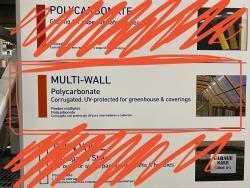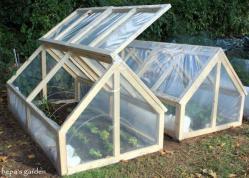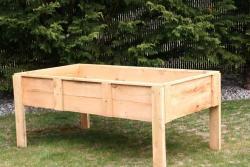That is essentially the same as a row cover. And row covers need to be easily opened so they don't overheat. So construct something to prop the top open, perhaps to different degrees. And independently. Having both side of a roof open and air flowing through will provide more cooling, or too much.
These are indeed rally season extenders, rather than season reversers. So they will help fall plants carry on somewhat in winter and will allow earlier spring starts. The above described practice of using water mass is remarkably effective at stabilizing temperatures.
You can find black 5-gallon buckets with lids reasonably priced in 10-packs if you search. I most often find Argee brand in 3.5 gallon and 10 gallon for about $38 and $40. I get mine from Amazon and Walmart, depending on which is cheapest. I buuy a lot of these for hydroponic projects. But you can also use used 5-gallon paint buckets. You don't care if they're hard to open or have dried paint inside. Paint them black to absorb daytime heat and pack them under the table as closely as you can.
The corrugated poly is great stuff. The thicker the air space and more air spaces (three-wall), the better it will hold heat.
And if you are going to have her planting in a raised box like that, a masonry floor will also hold heat. Concrete pavers and such, bedded in sand.
If you want to get fancy and give her some ability to monitor the greenhouse, you can use devices and apps with temperature alerting like this one: (Not recommending. Just for example.)
https://www.amazon.com/dp/B0081UR76G/


